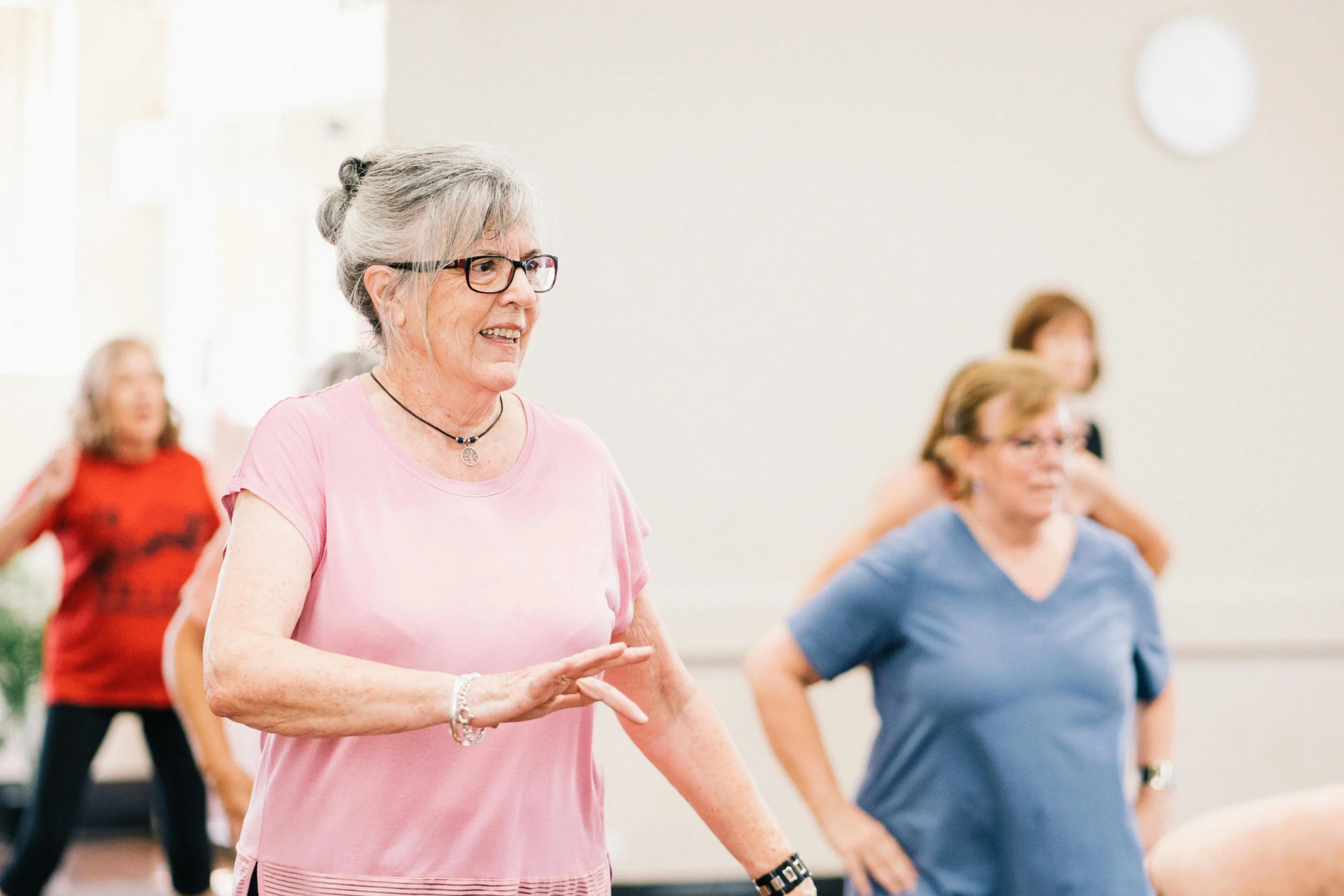As personal trainers and fitness instructors, adapting our methods to suit the needs of diverse client groups is crucial. Among these groups, older adults represent a growing demographic seeking specialized fitness guidance. The NHS’s recommendation for daily physical activity in seniors underlines the growing need for trainers skilled in addressing the unique challenges and requirements of this age group. This guide, aims to equip you with the knowledge and strategies necessary to provide exceptional care and training to your senior clients.
Understanding the Unique Needs of Senior Clients
Aging is accompanied by various physical and cognitive changes, including slower metabolism, diminished muscle mass, balance issues, and more. These changes necessitate a training approach distinctly different from that used with younger clients. For instance, a senior at risk of falls would benefit greatly from exercises focusing on balance and flexibility. Similarly, if cognitive retention is a concern, structuring workouts to maintain focus becomes imperative.
Essential Tips for Training Seniors
- Acquire Appropriate Qualifications: Specialized training is required to understand the unique anatomy and physiology of older adults. A level 3 personal trainer course, including exercise modules for seniors, is highly recommended.
- Conduct Comprehensive Assessments: Before initiating any training program, a detailed assessment of the client’s fitness level, goals, exercise history, and medical background is essential. Fitness tests and doctor’s consent may also be necessary to identify any potential health risks and to tailor a safe, effective workout plan.
- Customize Exercise Programs: Given the varied fitness levels and medical histories of older clients, personalizing workout plans is key. For example, a physically active senior may handle a more diverse range of exercises compared to one who is new to gym activities.
- Provide Guidance and Motivation: Encouragement and support are vital, especially when seniors encounter new or challenging exercises. Celebrating every achievement, no matter how small, can significantly boost their confidence and motivation.
- Gradually Build Strength: Implement strength training exercises to help seniors preserve and build muscle mass and bone density. This could include free weights, resistance bands, and bodyweight exercises, ideally performed twice a week targeting major muscle groups.
- Incorporate Cardiovascular Workouts: While intense sprints might not be suitable, other forms of cardio like brisk walking, jogging on a treadmill, or stationary biking can effectively strengthen the heart and lungs of older adults.
- Focus on Limited Range of Motion: With decreased flexibility in seniors, it’s important to tailor exercises to a range that is comfortable and safe for them, always keeping an eye on their form, mobility, and fatigue levels.
- Communicate Effectively: Clear, empathetic communication is crucial. This involves active listening and creating an environment where clients feel comfortable sharing any difficulties or readiness for increased intensity.
- Emphasize Warm-Ups and Cool-Downs: Proper warm-up and cool-down routines are essential to prevent injuries. These should include low-intensity movements, dynamic stretching for warm-ups, and static stretching like chest stretches and the corpse pose for cool-downs.
- Focus on Mobility and Flexibility: Exercises that improve mobility, flexibility, and balance can significantly enhance seniors’ quality of life, helping them perform daily activities more efficiently and safely.
- Improve Movement and Posture: Addressing decreased posture and movement, particularly in the gluteal muscles, is important. Exercises like glute bridges, hip circles, and hip abductions can be beneficial.
- Integrate Unilateral Exercises: Unilateral exercises such as single-arm exercises, lunges, and step-ups are excellent for improving balance and flexibility, as well as strengthening the core.
- Monitor and Track Progress: Regularly assessing the progress of clients helps in adjusting the intensity and variety of exercises as their fitness levels improve.
- Avoid High-Intensity and Extreme Exercises: For beginners, it’s advisable to steer clear of high-intensity exercises and focus more on flexibility and mobility.
- Consider Location and Environment: The training environment should be comfortable for seniors. This includes choosing quieter gym times and locations with less crowding and lower noise levels.
Training older adults is a rewarding yet demanding role that requires patience, adaptability, and respect. As a trainer for this demographic, it’s important to recognize the diversity within the group and avoid generalizing their capabilities. Your role extends beyond fitness instruction; it involves improving the overall quality of life for your senior clients through thoughtful, personalized training approaches. With the right mindset and techniques, personal trainers can make a significant positive impact on the health and well-being of the senior population.




